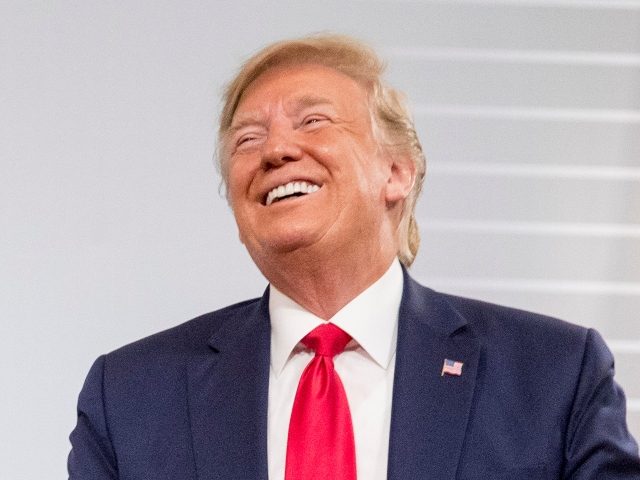Many prominent economists took much too dismal a view of the economy in the second quarter of this year, perhaps contributing to escalating concerns that a recession loomed on the horizon.
The economy grew at an annualized pace of 2 percent in the April through June period, the Bureau of Economic Analysis said on Thursday. This was the BEA’s third estimate of gross domestic product for the second quarter. The third estimate is also known as the “final” estimate since it gets used to calculate annual GDP growth, although it is still subject to revisions based on new data.
The picture painted by all three estimates is very different than what the regional Federal Reserve banks real-timate indicators were seeing. At the end of July, the New York Fed’s Nowcast had the economy growing at just 1.4 percent. The Atlanta Fed’s Nowcast was at 1.6 percent.
Many banks were overly pessimistic too. Economists at J.P. Morgan were forecasting just 1 percent growth as late as July 25. Bank of the West had growth at 1.7 percent.
To be sure, not all forecasts were that pessimistic Private-sector forecasters surveyed by Dow Jones were projecting GDP grew at about a 1.5 percent to 2 percent, averaging to 1.8 percent.
But it was the big downgrades, especially J.P. Morgan’s, that got the big, attention-grabbing headlines.
Why were the estimates overly pessimistic? While some supporters of President Donald Trump think it may have been politics–economists allowing their disagreement with the president’s policies leak into their forecasts–a simpler answer is that the forecasts underestimated the strength of the U.S. consumer.
Consumer spending grew at a very rapid 4.6 percent rate in the second quarter, much faster than it had earlier in the year. Consumer spending on durable goods rose 13 percent, a testament to an almost astounding level of consumer confidence in the economy. Spending on cars and trucks grew by nearly $20 billion and contributed nearly 4-tenths of a percentage point to GDP in the second quarter, reversing a downturn earlier in the year.
Economic growth was clearly held back by higher interest rates in the second quarter, as evidenced by steep declines in investments in building and residential real estate. Although it has been widely reported that business investment was disappointing in the second quarter, investment in intellectual property and equipment actually grew a bit in the second quarter. It was real estate that was the big drag.
That may be reversing now that the Fed has returned to rate-cutting. This week the Census Bureau reported much stronger than expected new home sales and mortgage volumes have rocketed.
The New York Fed’s Nowcast hit 2.4 percent for third-quarter growth last week, boosted by strong housing and industrial production numbers. At least for now, it looks like our close brush with a recession is a thing of the past–or perhaps just a figment of the imagination.

COMMENTS
Please let us know if you're having issues with commenting.